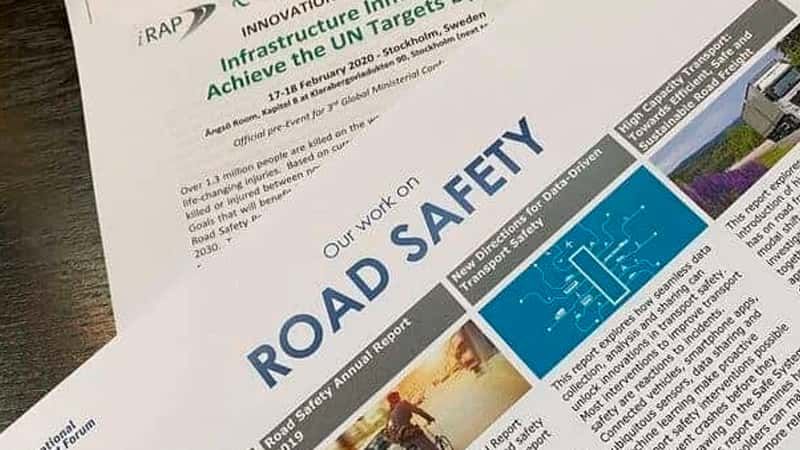The Pay Off for Protecting Our Drivers

Stefan Pertz makes the case that the costs to improve the health and safety for truck drivers would mean a positive return for fleet owners. We spend a lot of time at work and therefore the space where we perform our duties has to be safe.
While that is mandated by law, the question is how far can or should transport companies and truckers go with that on their own?
It says in the official website of “The main strategy of the OSH-MP 2020 (note: Occupational Safety & Health Masterplan 2020) is the inculcation of a Preventive Culture at the workplace.” There is no doubt that our truck drivers are exposed to a lot of risks. Take for instance the current pandemic. In this case, transport companies have been quick to react to the threat to the health of not just drivers but also other personnel. Masks, hand sanitizer and electronic, contactless thermometers were swiftly acquired and deployed.
While this may be a current and a very tangible threat at the moment, what about other issues that truckers are faced with on a daily basis? Sunshine for example. It is well recorded that many Australian truckers have suffered from skin cancer on their arms as they are exposed to extended exposure to the harsh sunlight. Have we confidently addressed all possible hazards for our truckers? Surely, shorts are more comfortable, but long pants might prevent scratches or bruises when loading or unloading. Gloves are a must: wooden splinters may not be a huge issue, but irritating, nonetheless. Safety boots are another item that should be found on every trucker.
A safety vest is hopefully never needed, but it should be found in any cabin. What I want to know is this: how many truckers are actually asking for these items in order to ensure that their health is well protected? So far, the official statements I read only seem to hold companies accountable for the provision of a safe workplace. However, wouldn’t it also be the responsibility of staff to look out for hazards and to counter them? And how much resistance is there from management to fix things, even if it is as easy as providing earmuffs for noisy job sites. My workplace is fairly safe I would say. Unless I pierce myself with a pencil, there is very little in the way of hazards. Except for stress perhaps. Should that not also be included in the hazards that truckers should be protected from?
When I hear that some jobs require truckers to move goods in the middle of the night, on weekends or during festive seasons, that could add stress. Working under tight deadlines is not something most of us enjoy and if there is too much of it, the effect could be carelessness in other areas. Being responsible for the delivery of food and other essential items during the pandemic must be extremely stressful! With no choice but to move around, the risk of an infection increases and the added expectation to keep the economy going is another stressor. In the defence of transport companies, I would argue that much of the stress is derived from outside factors. T
he biggest contributor to a safe workplace might be the latest model truck. This has been recognised by makers of vehicles as they shift more and more tasks away from the driver so that s/he can concentrate on driving, rather than manipulating the controls. The automated gearbox is cited as one of the things that has helped tremendously with the improvement of safety on the road. Modern trucks now have collision warning systems, lane departure warning and other nifty tools that make it safer to move 50 tonnes. Isn’t that in line with the idea to have a preventive culture when it comes to safety?
Many say we should move to higher engine specs in order to protect the environment. To me, that is a good way to also replace unsafe trucks and put those on the road that not only have the latest engine technology, but safety features too. Perhaps, if we all took a moment and just looked around to identify possible hazards, we could make the trucking industry much safer. I am sure that in many cases any measures would not be a cost, but investments with solid returns as healthier, safer employees would likely be more productive too.